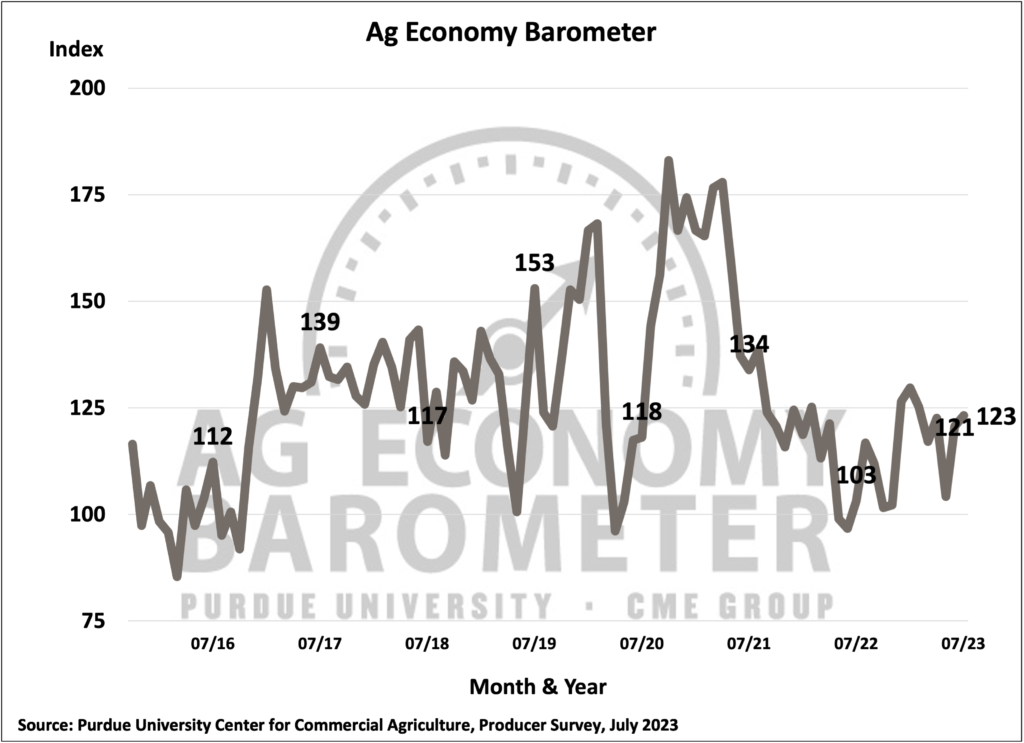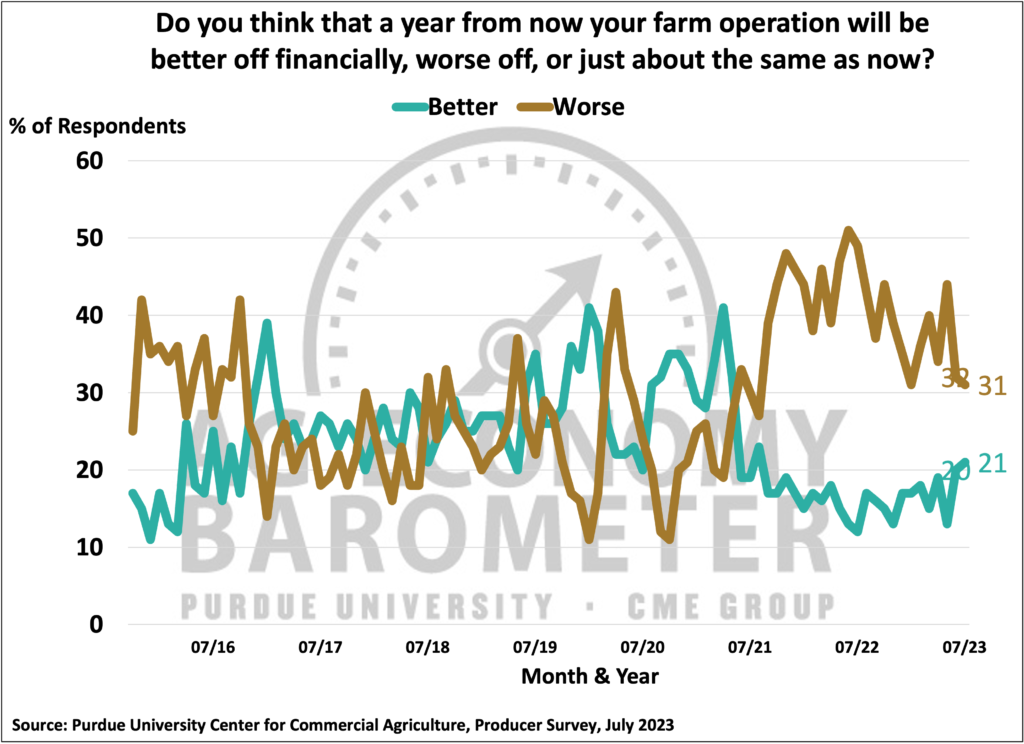Source: USDA
The 2023 average Ohio farm real estate value, including land and buildings, averaged $7,800 per acre, according to Ben Torrance, State Statistician of the USDA, NASS, Ohio Field Office.
Farm real estate values in Ohio were up 8.3 percent from 2022. Ohio is in the Corn Belt region, which also includes Illinois, Indiana, Iowa, and Missouri. The Corn Belt region value was $8,100 per acre, up 7.1 percent from 2022. The value of farmland in States bordering Ohio were: Indiana, $9,100 per acre; Kentucky, $4,700 per acre; Michigan, $6,400 per acre; Pennsylvania, $7,610 per acre; and West Virginia, $3,200 per acre.
Ohio’s cropland value was $8,200, an increase of 8.6 percent from the previous year. The Corn Belt region experienced a 7.7 percent increase to $8,540 per acre. The average value of cropland in the United States increased 8.1 percent from 2022 to $5,460 per acre. Ohio’s pasture value was $3,700 per acre, up 2.8 percent from 2021.
Ohio’s cropland cash rent was $178 per acre in 2023, up $8.00 from the previous year. Cropland cash rents in the Corn Belt region increased $13.00 from last year to $236 per acre. The cropland cash rents in the States bordering Ohio were: Indiana, $226 per acre; Kentucky, $168 per acre; Michigan, $148 per acre; Pennsylvania, $107 per acre; and West Virginia, $45 per acre.
Pasture cash rents in the Corn Belt region increased $1.00 to $42.50 per acre. Pasture cash rent in the United States was $15.00 per acre.

Click here to download the report
Determining a Fair Cash Rent Value in Knox County
 Seventy-nine percent of corn was in or past dough, and 30 percent of Ohio corn was in or past dent. Ninety percent of soybeans were setting pods. Corn and soybean condition were 79 and 76 percent good to excellent, respectively. Second cuttings of other hay were 88 percent complete. Third cuttings of alfalfa hay and other dry hay were 69 and 44 percent complete, respectively. Pasture and range condition was rated 66 percent good to excellent, up from the previous week.
Seventy-nine percent of corn was in or past dough, and 30 percent of Ohio corn was in or past dent. Ninety percent of soybeans were setting pods. Corn and soybean condition were 79 and 76 percent good to excellent, respectively. Second cuttings of other hay were 88 percent complete. Third cuttings of alfalfa hay and other dry hay were 69 and 44 percent complete, respectively. Pasture and range condition was rated 66 percent good to excellent, up from the previous week.








